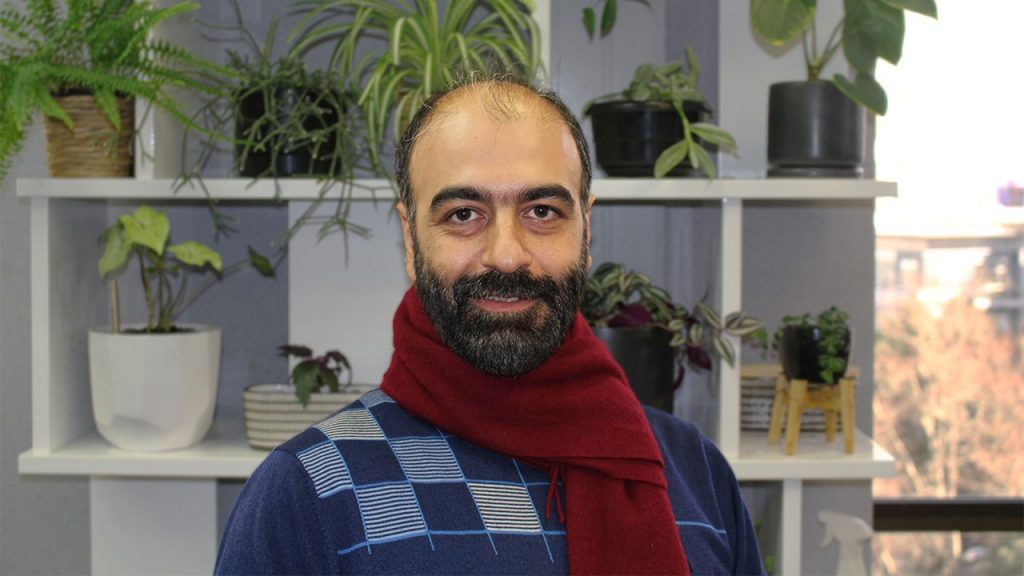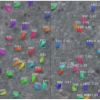AI app to identify cerebral palsy in infants
This article was originally published on Waipapa Taumata Rau University of Auckland website.
Dr Hamid Abbasi, Research Fellow at the Bioengineering Institute is leading a project using Artificial Intelligence (AI) to detect possibilities of developing neurological disorders, including cerebral palsy, in early infancy.
Abbasi’s team is focused on developing an app for handheld devices that can identify cerebral palsy in infants aged two-to-five months. Their goal is to increase the speed and ease of diagnosis by putting the app into areas with limited access to specialised centres and into the hands of parents and caregivers to use in their own homes.
Cerebral Palsy, along with many other neurological disorders, is often caused by oxygen deprivation during birth. This type of brain damage can develop and may only be identified months or years later leading to significant life-long disorders if untreated. Efforts are still underway to establish diagnosis guidelines for the early treatment in at-risk newborns shortly after birth.
“Early detection of abnormal neurological development is vital, as the brain’s plasticity in the early months means interventions are much more effective," Hamid says. "It could be the difference between spending your life in a wheelchair or being able to take care of yourself independently.”

The app works by analysing video footage to detect subtle movements in the body parts (hand, arm, leg, and neck) along with their overall connectivity that reflect on the status of neurological and brain development of the baby.
Therefore, these movements can be used as indicators for infants who are at risk of developing neurological disorders.
“Our eyes cannot focus on the arm, leg and eyes at the same time, but a machine can learn the connectivity in the limbs’ movements,” says Hamid. “Powerful supercomputers and machine learning platforms like those that we are developing can significantly reduce the time and resources needed to build advanced diagnosis tools, which can track and analyse inter-connected movements between 24 anatomical landmarks including the knuckles, wrist, and elbow, all at the same time.
“We are grateful to have access to the New Zealand eScience Infrastructure (NeSI) who have been providing us with the high-end computational facilities to develop our algorithms.”
A successful algorithm for tracking infants’ general movements is already in place based on the video archives of babies who have been clinically screened at Te Whatu Ora Health New Zealand Waikato.
Now the team is working with neonatologists to train and improve the machine learning model's accuracy, assuring clinical efficacy of the tool. Once this phase is complete, Dr Abbasi hopes to attract funding to collect baseline data from healthy babies with a view to the app reaching patients by the end of 2024.
Long term, researchers hope for a universal early infant movement screening programme based on the technology.
Do you have an example of how NeSI platforms or support advanced your research? We’re always looking for projects to feature as a case study. Get in touch by emailing support@nesi.org.nz.







